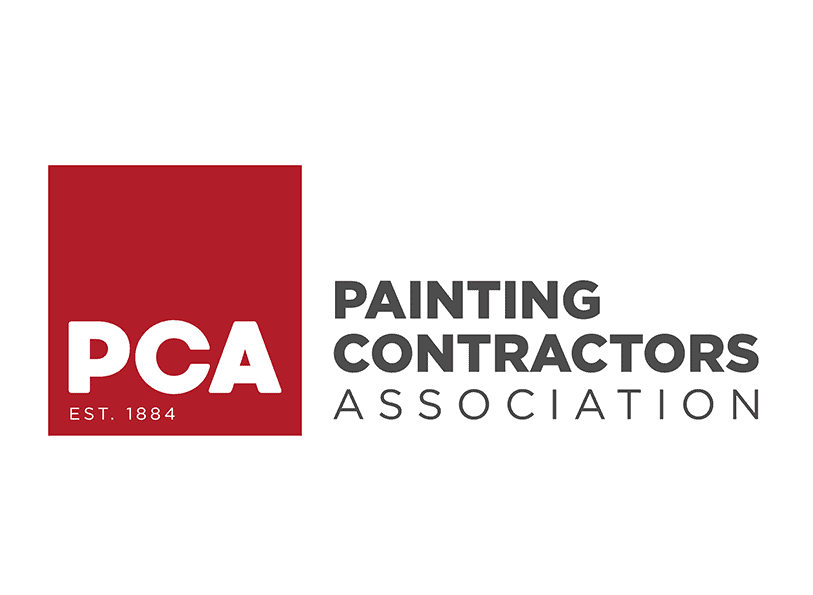21 Apr 7 Common Painting Mistakes
Seven Common Painting Mistakes
It can be easy to make a mistake when painting, whether you’re a do-it-yourself type or a professional painter with little experience. Below are five common painting mistakes you’ll want to avoid.
1) Choosing the Wrong Color
The first place you can go wrong is by selecting the wrong color. If you’re using a paint chip to choose a color, you’re far more likely to go wrong! The best way to select a paint color is to paint some samples on several walls of the room. Then return to check the color throughout the day as the natural light changes. Color can and will change throughout the day depending on the light.
Paint chips seem like an easy way to select a color, but more accurate methods exist. What you see on the chip will likely look different from the color once it’s on your walls. Always buy a sample size of the paint and paint it onto several walls. Be sure to check the color in both artificial and natural lights.
2) Failure to Prep the Space
One of the mistakes many D.I.Y. homeowners make is the failure to correctly prep surfaces before painting. Prep work can be anything from fixing wall damage to sanding or priming. Skipping correct preparation risks the end result. Time spent preparing a surface will save you time and money. It also helps ensure a professional-looking result!
3) Failure to Use a Primer
Too many folks skip using a primer before painting. This can be a critical mistake. If you’re painting new drywall, you must prime first because bare drywall is very porous and will absorb the paint’s first coat. Use a primer first to paint over a dark surface or vibrant color. And as we just said, if you’re painting over a high-gloss surface, you’ll want to use a primer or deglosser first.
4) Using Low-Quality Tools
Quality matters when selecting your paint brushes and rollers. The quality of your tools will make a big difference to the results. Using low-quality products will influence quality results and appearance. It’s worth your time to invest in quality paint brushes and rollers.
5) Extreme Temperatures
Be mindful of the weather and temperatures if you’re painting outdoors. Paint and extreme temperatures don’t do well together, whether you’re painting or just storing the paint. You should avoid storing paints in rooms that aren’t climate controlled.
Avoid painting when it’s freezing or very hot outdoors. Freezing temperatures can prevent paint from drying correctly, and painting in extremely hot weather can cause the paint to dry too quickly before you can do even strokes or cause the paint to bubble.
6) Glossy Finishes & Paint
If you paint over a glossy surface, you’ll need to prepare the surface first, or the new paint coat won’t stick. Be sure to sand the surface or use a deglosser or primer first.
7) Painting Accidents
Accidents happen, but some are more avoidable. An all too common mistake is not being careful where you place the paint can. Children, pets, you, and others (even you) can trip on or knock over a paint can and create a substantial mess.
Another common issue is dripping paint on walls when applying (too much) paint. You can also get paint onto the ceiling as you paint the walls. (Avoid this by taping or doing a horizontal paint stripe along where the wall and ceiling meet. Then paint vertically up to that strip.)
Be careful where you place a paint can or tray, and keep pets and children away from your workspace. Lastly, be mindful of your movements around wet paint.
We hope these tips are helpful to you, whether you’re painting yourself or hiring a paint contractor. Even if you’re hiring someone to do the work, it’s useful to understand what they’re doing and why.
FAQ
1. Why is surface preparation so important before painting?
Proper surface preparation is essential because dust, grease, cracks, or peeling paint can prevent the new coat from adhering properly, leading to uneven coverage and premature peeling. Always clean, repair, and dry the surface thoroughly before painting to achieve a smooth and long-lasting finish.
2. What happens if I use the wrong type of paint for my project?
Using the wrong type of paint—such as interior paint on exterior surfaces—can cause issues like fading, peeling, or poor durability. Always choose paint that matches the surface and environmental conditions, such as mildew-resistant paint for bathrooms or weatherproof paint for outdoor areas.
3. Is it necessary to use a primer before painting?
Skipping primer can result in uneven color, poor adhesion, and reduced longevity of your paint job. Primer creates a smooth base, enhances paint adhesion, and can reduce the number of topcoats needed, especially on bare wood, drywall, or dark-colored walls.
4. How do low-quality tools affect my painting results?
Using cheap brushes or rollers can lead to streaks, uneven coverage, and bristles or lint stuck in your paint. Investing in high-quality tools suited to your paint type and surface ensures a smoother, more professional finish.
5. What are the risks of over-brushing or using improper painting techniques?
Over-brushing can leave visible brush strokes, drag marks, and even cause loose bristles to stick to the wall. Using poor techniques or rushing can result in uneven coats and drips. For best results, use smooth, even strokes and allow each coat to dry fully before applying the next.

Mike Katounas is the owner of Home Works Painting, a painting business in Northern Virginia. He has over 15 years of experience in residential interior and exterior painting, drywall installation/repair, carpentry, wallpaper removal, power washing, commercial painting, color consultation, and staining/sealing. Their service areas include Chantilly, Fairfax, Herndon, Oakton, Reston. Mike takes pride in his work, and he always follows a strict code of conduct that includes the use of quality paint, a clean workspace, and an honest, respectful approach to his customers.












Sorry, the comment form is closed at this time.